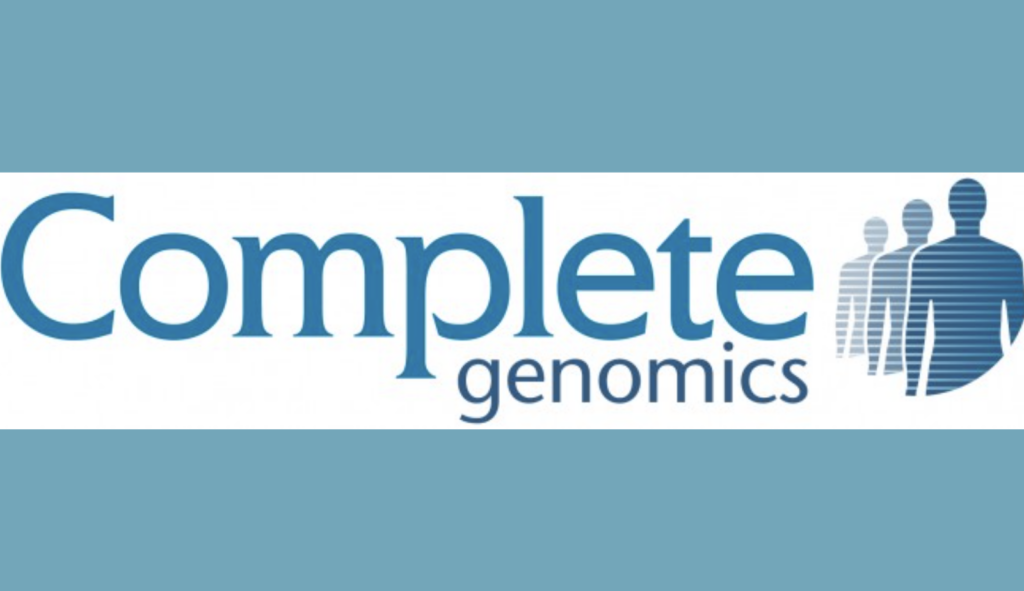Genomics, the study of an organism’s complete DNA set, has transformed our understanding of life at its most fundamental level. Within this expansive field, Complete Genomics stands out as a powerful, comprehensive approach to decoding the intricacies of genetic information. This blog post delves into the core aspects of Complete Genomics, including its definition, history, applications, advancements, and future potential.
What is Complete Genomics?
Complete Genomics refers to the process of sequencing and analyzing an organism’s entire genome, providing a holistic view of its genetic blueprint. Unlike traditional sequencing methods, which focus on specific genome regions, Complete Genomics captures the full spectrum of genetic information encoded within an organism’s DNA.
History and Evolution of Complete Genomics
The journey of Complete Genomics began with the advent of DNA sequencing technologies in the late 20th century. The introduction of Next-Generation Sequencing (NGS) techniques, like Illumina and 454 sequencing, laid the foundation for the development of Complete Genomics. These technologies revolutionized the field by enabling high-throughput sequencing, significantly reducing the time and cost required for genome analysis.
In 2005, Dr. Radoje Drmanac and Dr. Clifford Reid co-founded Complete Genomics Inc., a company that pioneered a novel sequencing method known as combinatorial probe-anchor ligation (cPAL). This approach allowed the simultaneous sequencing of millions of DNA fragments, marking a significant milestone in the evolution of genomic research.
Importance and Applications of Complete Genomics
Complete Genomics has far-reaching implications across multiple domains, including human health, agriculture, and microbial ecology.
- Human Health: In disease research, Complete Genomics has revolutionized personalized medicine and pharmacogenomics. By understanding the complete genomic profile of individuals, researchers can identify genetic variations associated with diseases, enabling early diagnosis, targeted treatments, and personalized healthcare interventions.
- Agriculture: In agriculture, Complete Genomics has advanced crop improvement and breeding programs by identifying genes responsible for traits like disease resistance and drought tolerance. This has facilitated the development of genetically enhanced crops, contributing to food security and sustainability.
- Microbial Ecology: Complete Genomics has also proven invaluable in microbial genomics, helping scientists understand the pathogenicity, evolution, and ecological roles of bacteria, viruses, and other microorganisms. This knowledge is crucial for combating infectious diseases, developing targeted treatments, and managing environmental microbiomes.
The Process of Complete Genomics
Complete Genomics involves a series of steps that culminate in the generation of a fully sequenced and analyzed genome. Here’s an overview of the key components:
Sample Collection and Preparation
Types of Samples: Complete Genomics can be applied to various sample types, including human tissues, blood, saliva, plant tissues, animal specimens, and microbial cultures.
Collection Techniques: The collection of high-quality samples is crucial for successful analysis. Techniques include phlebotomy for blood samples, biopsy for tissue samples, and non-invasive methods like saliva collection.
Preservation and Storage: Proper preservation and storage, such as freezing at ultra-low temperatures or formalin fixation for tissues, are essential to prevent DNA degradation.
Sequencing Technologies
Overview: Complete Genomics utilizes advanced sequencing technologies, with a focus on long-read sequencing, which provides a more accurate assembly and analysis of complex genomic regions compared to traditional short-read NGS methods.
Advantages and Limitations: Complete Genomics offers high accuracy, scalability, and cost-effectiveness, although it requires high-quality DNA samples and specialized infrastructure.
Data Generation and Analysis
Workflow: The process begins with DNA extraction, followed by fragmentation, adapter ligation, amplification, and sequencing. The resulting raw data undergoes multiple processing steps, including quality control, read alignment, variant calling, and annotation.
Bioinformatics Tools: Tools like BWA, GATK, and ANNOVAR are commonly used in data analysis, helping to derive meaningful insights from the vast amount of generated data.
Applications of Complete Genomics
Human Genomics: Complete Genomics has made significant contributions to disease research, personalized medicine, pharmacogenomics, genetic counseling, and preimplantation genetic diagnosis.
Agricultural Genomics: In agriculture, it has advanced crop improvement, breeding programs, livestock genomics, and animal health management.
Microbial Genomics: In microbial genomics, it aids in infectious disease diagnosis, surveillance, environmental microbiology, and bioremediation.
Recent Technological Advancements
Long-Read Sequencing: Technologies like PacBio and Oxford Nanopore have enhanced the accuracy of genomic analysis, particularly in regions with repetitive sequences or structural variations.
Single-Cell Genomics: This approach allows the sequencing of individual cells, providing insights into cellular diversity and disease progression.
Nanopore Sequencing: Offering real-time sequencing capabilities, nanopore sequencing enhances the speed and accuracy of genomic analysis.
Future Directions and Potential Applications
The future of Complete Genomics holds immense promise, particularly in precision medicine, AI/ML integration, sustainable agriculture, and microbial ecology. These advancements are poised to revolutionize healthcare, agriculture, and environmental management, leading to personalized medicine, enhanced crop resilience, and innovative solutions to global challenges.
Final Thoughts
Complete Genomics has transformed the field of genomics, offering unparalleled insights into our genetic makeup. As technology continues to evolve, the integration of Complete Genomics with precision medicine, AI/ML, and other advanced technologies will unlock new possibilities in healthcare, agriculture, and beyond.
This comprehensive approach to genomics is not just a scientific tool; it is a gateway to understanding the secrets of life and shaping a future where personalized medicine, sustainable agriculture, and environmental stewardship are driven by the knowledge encoded within our genomes.





